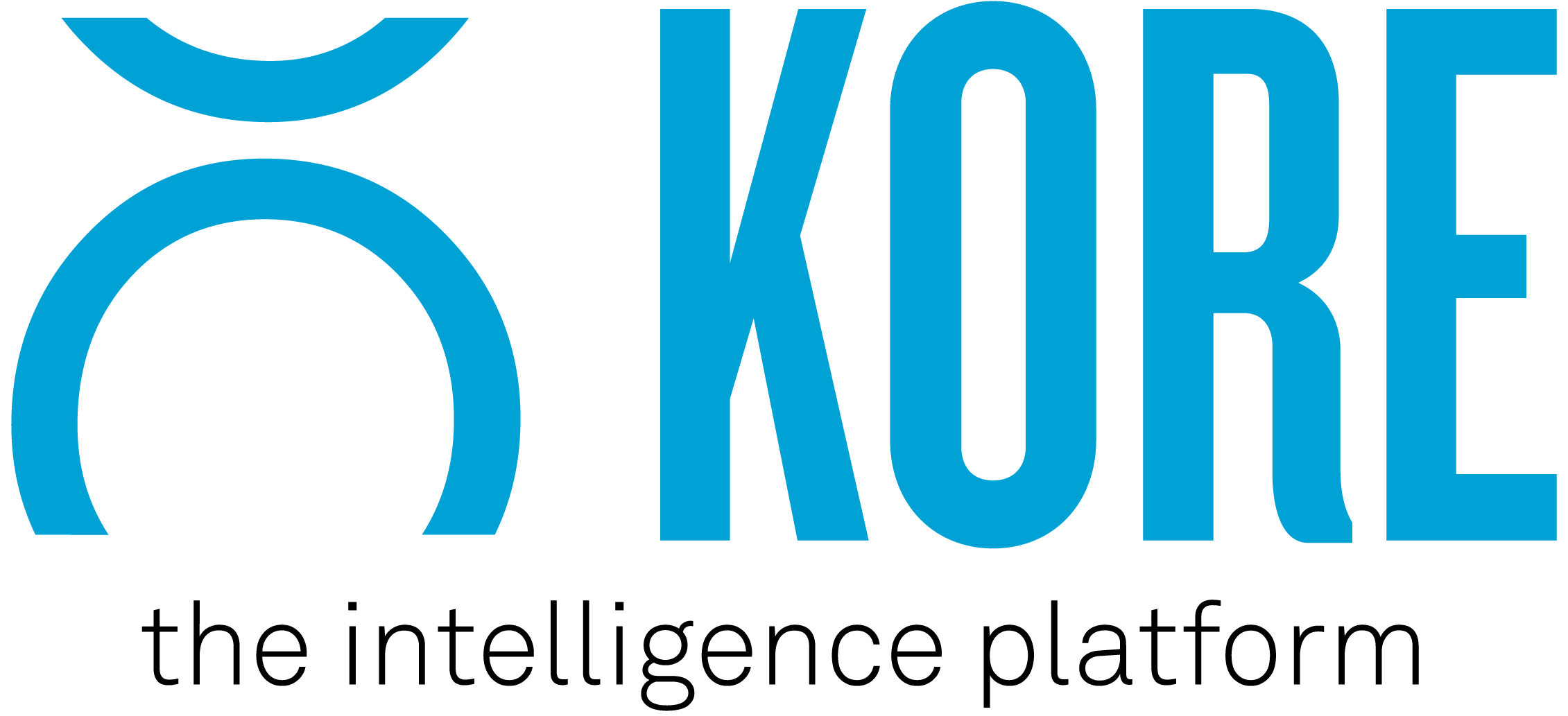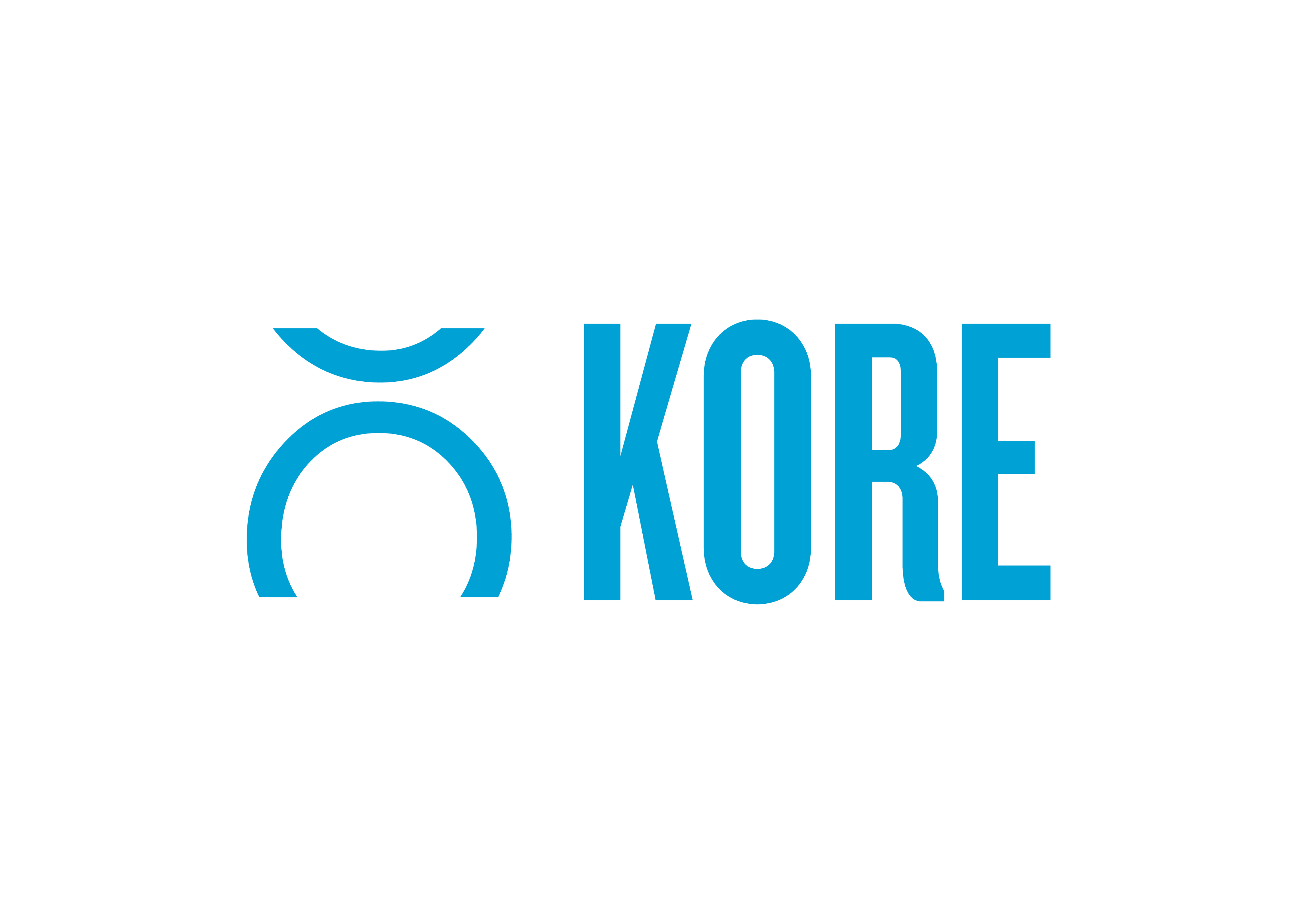Sponsorship measurement is not something new. It has been part of the industry for years and led by pioneers such as Repucom, Kantar, and a number of larger agencies, all trying to find ways of overlaying a tangible ROI data set on top of sponsorship spend to justify either the ‘Yes’ or ‘No’ behind sponsorship decisions.
Media Equivalency, QI data, the attempt to value media exposure against brand exposure time; this has been the quest of many a consultant or agency for more than a decade now. Of late though, there has been a noticeable shift in measuring sponsorships, and it is bridging the gap of rights owner’s businesses between the B2C and B2B sides of the business.
WHY IS THIS SIGNIFICANT?
Tracking audiences is also not new, however, the concept of tracking audience engagement, what that means to the value of IP of a specific team, and how engaged those audiences are is only something which has been possible via the development of more recent technologies. As such, it is changing the way partnerships are measured and WHO can enter the sponsorship game.
For a long time now, sponsorship professionals have been spruiking the size of their memberships, fan base, and the basic demographics behind those. They’ve then been using that data, overlaid with general audiences, to prove value to their partners.
Now, the advent of more advanced technology enables these rights owners to measure far deeper than ever before across consumption rates, engagement rates, and specific actions as well as by whom, when, and where. As such, it is allowing organisations with highly engaged fan bases to really construct compelling arguments around which brands, with which objectives, should sponsor them for a far more realistic ROI from the outset.
This advancement is allowing brands to hone their objectives and how certain partnership strategies, assets, and partners can really help them achieve a ROO on their activities; thus, making decision making and reporting more structured and less speculative than ever before.
HOW DOES THIS MEAN NEW PLAYERS CAN ENTER?
What this means for rights owners, at all levels, and across all industries, is that providing the data and capabilities of obtaining that data are there and that means anyone can confidently enter the sponsorship space with a compelling story.
Let me paint a picture for you:
Copsi is a beverage brand and has the marketing objective of reaching demographics of 16-25 year old females. They are a well-known brand, so building brand awareness and exposure is not high on their set of objectives. They are struggling, however, in reaching this demographic due to previous perceptions of their brand and their drinking instance, within this demographic, is lower than they wish.
2 rights owners approach them:
- RO A which has an audience of 1million people, engagement and consumption rates of 10%, and limited access to IP of their athletes due to their size and EBA. They can, however, boast larger audience viewership than anyone else.
- RH B which has an audience of 500,000 people, engagement and consumption rates of 40%, massive fan loyalty due to the unique nature of their sport, and brand ambassadors willing to give time to leverage partnerships.
Which would you choose? Someone who can give you 2x the audience or someone who can give you 2x the addressable market directly in your target range for this specific cycle of objectives?
The above scenario, in traditional terms, only puts RH B in the game IF they know their data and their fans. Suddenly, a challenger rights owner is matching it in certain scenarios with their previously untouchable, but now, competitor.
HOW DOES THIS CHANGE THE WAY WE RUN OUR BUSINESS?
Previous to the modern day, commercial teams have, either by design or default, separated their B2C businesses (membership, ticketing, licensing, and marketing) from their B2B businesses (sponsorship, corporate sales, and events).
The growing trend of BI teams, the availability of new technologies, and the increased push by brands to shift away from a predominantly logo driven approach, and into transitioning borrowed audiences to owned ones, is really shifting how everything fits together.
Nowadays, the B2C business operations of selling tickets, memberships, and running marketing campaigns, tracking those results, feeding them into a central source of truth, and showing a consolidated view of a customer is becoming the driving force behind B2B story telling and value metrics for the reasons mentioned above.
Suddenly, the B2C drives the B2B and the campaigns and utilisation of assets by the B2B partners in sponsorship activation is creating more engagement for the B2C. And the cycle goes on – creating a rich and unrivalled marketing channel, direct to audiences which can’t be replicated through other forms of marketing.
Thus, the current day value of sponsorship.
WHAT’S NEXT?
What excites me is what brands can now bring to this equation. By knowing, with some degree of certainty, what markets, territories, demographics, and psychographics can be engaged by specific campaigns via sponsorship, brands, or those organisations with rich data around consumer behaviour, can start to introduce consumer data metrics to the conversation.
Both ends of the sponsorship conversation can be predicted and measured against actual ROI in terms of hard return. Add to this the concept of lifetime loyalty and IP and you can see how the whole measurement game is facing a new frontier that can be delivered to rights owners and brands instantaneously which could lead to a whole new and exciting way of selling, delivering, and reporting against sponsorship relationships.
This makes me so excited for what the next generation will bring to this industry!
Written by: Mark Thompson
KORE is the global leader in engagement marketing solutions, serving more than 200 professional teams and 850+ sports and entertainment properties worldwide, providing practical tools and services to harness customer data, facilitate sponsorship sales and activation, and create actionable insights.



